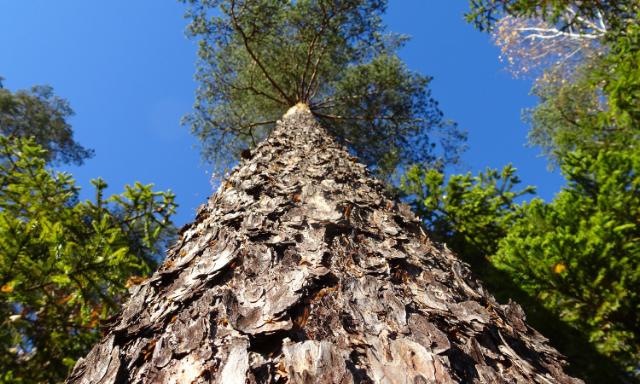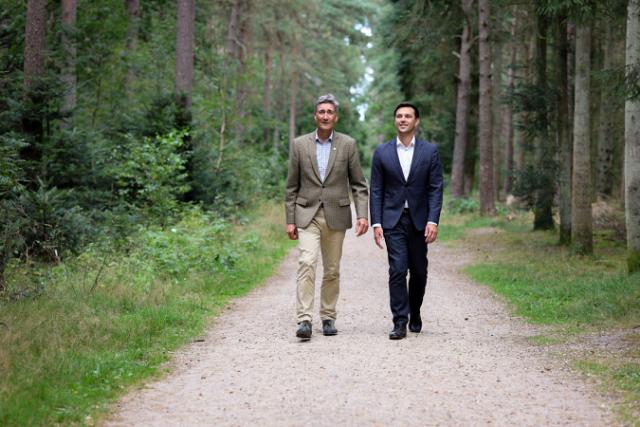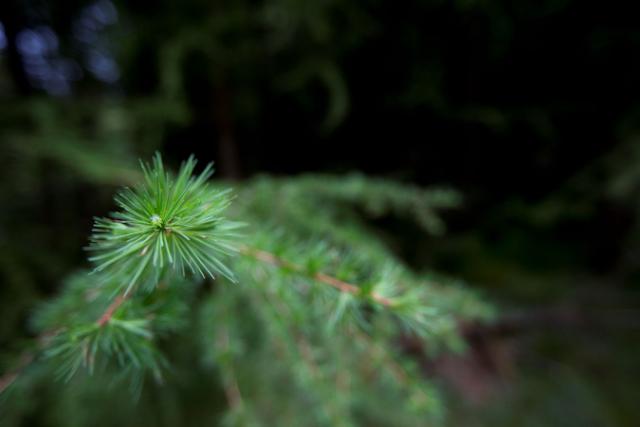
3 good ways for forest owners to manage their forest properties
Forest owners have three good ways to manage their forest properties – (1) get the relevant education and do everything themselves, (2) get the basic knowledge and do the work in co-operation with the private forest owners’ association or (3) trust forest specialists for doing all the work on behalf of the forest owner.

Kristi Nigul
On 1 October 2024, all business units under Hedeselskabet changed their name to Dalgas. This applies to HedeDanmark, HD 2412, HD NordicTrees, HD Silva, HD BioRec, HD Forest, HD Forest Germany, HD Seed, and HD LogSystems.
Forest investment can be compared with real estate investment, both investments need relevant knowledge for being successful. For getting the best results, owner should have a plan (short-term or long-term) and understanding of all aspects that are influencing the results: costs, income etc. There is a saying „wise don’t rush“– take the time and ask questions to the specialists in order to be sure of your decisions.
About the common mistakes, which are heard from persons who are not forest specialists:
- Forest investment is only a long- term investment, profit can be obtained only with mature forest. This is a widely spread misconception. If we talk about forest, then we are taking about a forest property, and this has a value in every point. Forest owner does not have to wait until the trees are mature before selling them. Property can be sold anytime, and depending on the market, selling price can exceed the buying price. Trees grow no matter what is happening in the world.
- Harvesting is wrong, because the trees accumulate CO2. This is true, but not all know that trees are accumulating, however, decreasing accumulation as the trees are getting older. Most of the accumulation takes place in the middle-aged stands. With age, accumulation of carbon is also decreasing. Tree growth stops at some point, fallen trees will start to rot and earlier accumulated carbon will be released – essentially, these two processes: rotting and burning are similar.
- Bare area will stay bare after harvesting. Clearing the mature timber does not mean that the area will stay bare and that there will not grow forest anymore. Small trees will start to grow naturally and site types, where regeneration does not come naturally, will be planted with suitable tree species.
- Every tree is a log tree. Actually, this is not true – not every felled tree is a log tree. Depending on the tree vitality, degree of the damage, it will yield logs and also there is a considerable amount of biomass that is used for heating and pellets etc.
- Longer tree growth equals better quality of trees. This is not true. If the maturity age and diameter are heavily exceeded, then the result may not satisfy the expectations that the owner has. It may come out, that trees are rotten in the middle/damaged by bark beetles etc. and the income due to that will be lower, because most of the material can be used for firewood only and not for logs.
- And so on…this list can be extended with several incorrect understandings, which could get the right answers, if the question is asked to the specialists whose daily work it is.

If you are not familiar with forestry work, then ask advice for getting a better understanding of, what can be done on your forest property today and in the future – the specialists will help you to achieve the results in a most cost-effective way, depending on the wishes. Fortunately, forest properties do not need much attention, definitely the individual property acquires knowledge and time.
News from nature
.jpg&width=640&format=webp&quality=75)
Agreement signed for the implementation of LVM GEO internationally
On October 29, "Latvijas valsts meži" JSC (LVM) Board Member Māris Kuzmins and Dalgas a/s CEO Torben Friis Lange signed an agreement on the implementation of the LVM GEO forest management platform in Denmark and Germany.
Dalgas participation in biodiversity projects
Dalgas is actively contributing to climate resilience and biodiversity through its involvement in different European initiatives.
Lars Larsen Group to Invest €67 Million in Forests in Estonia, Latvia, and Lithuania
As part of Lars Larsen Group’s ambition to contribute to societal growth and value creation, the company has decided to invest in forestry and afforestation in the Baltic region.Articles and inspiration

Significant tax reform changes for Estonia from 2025
Significant tax reforms, including those pertaining to VAT, corporate taxation, and personal income tax, have been adopted by the Estonian government.
